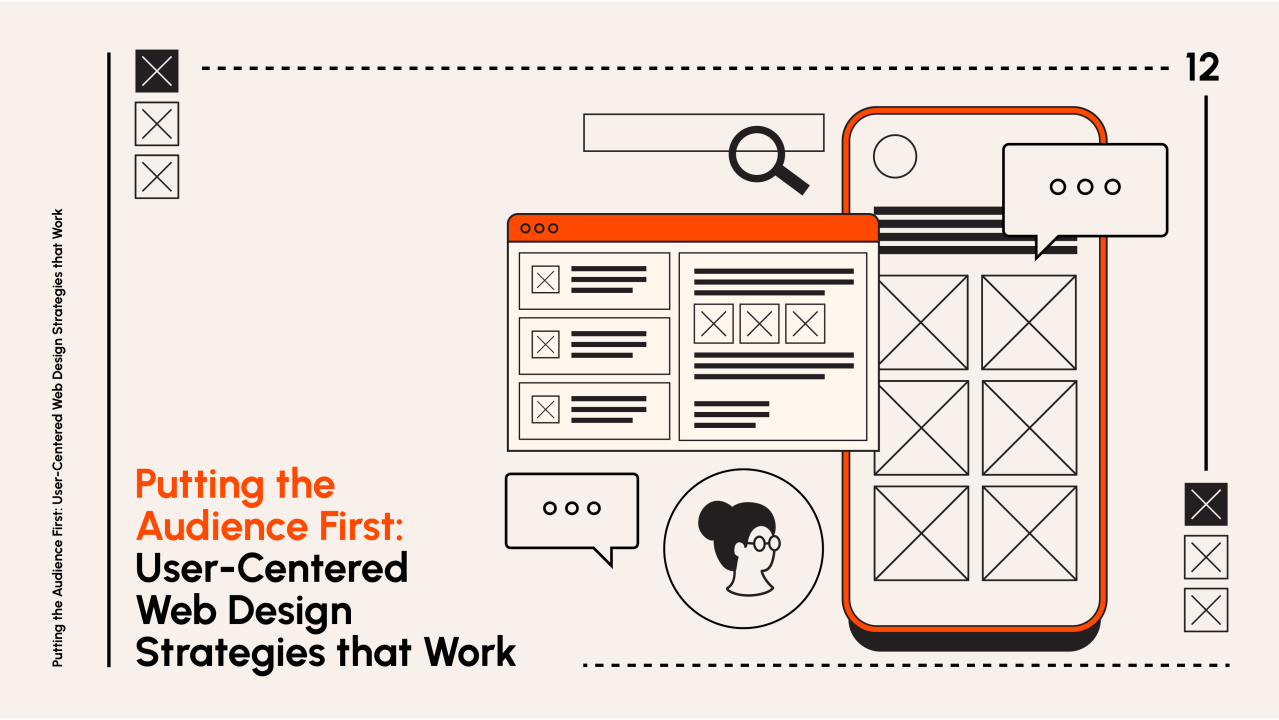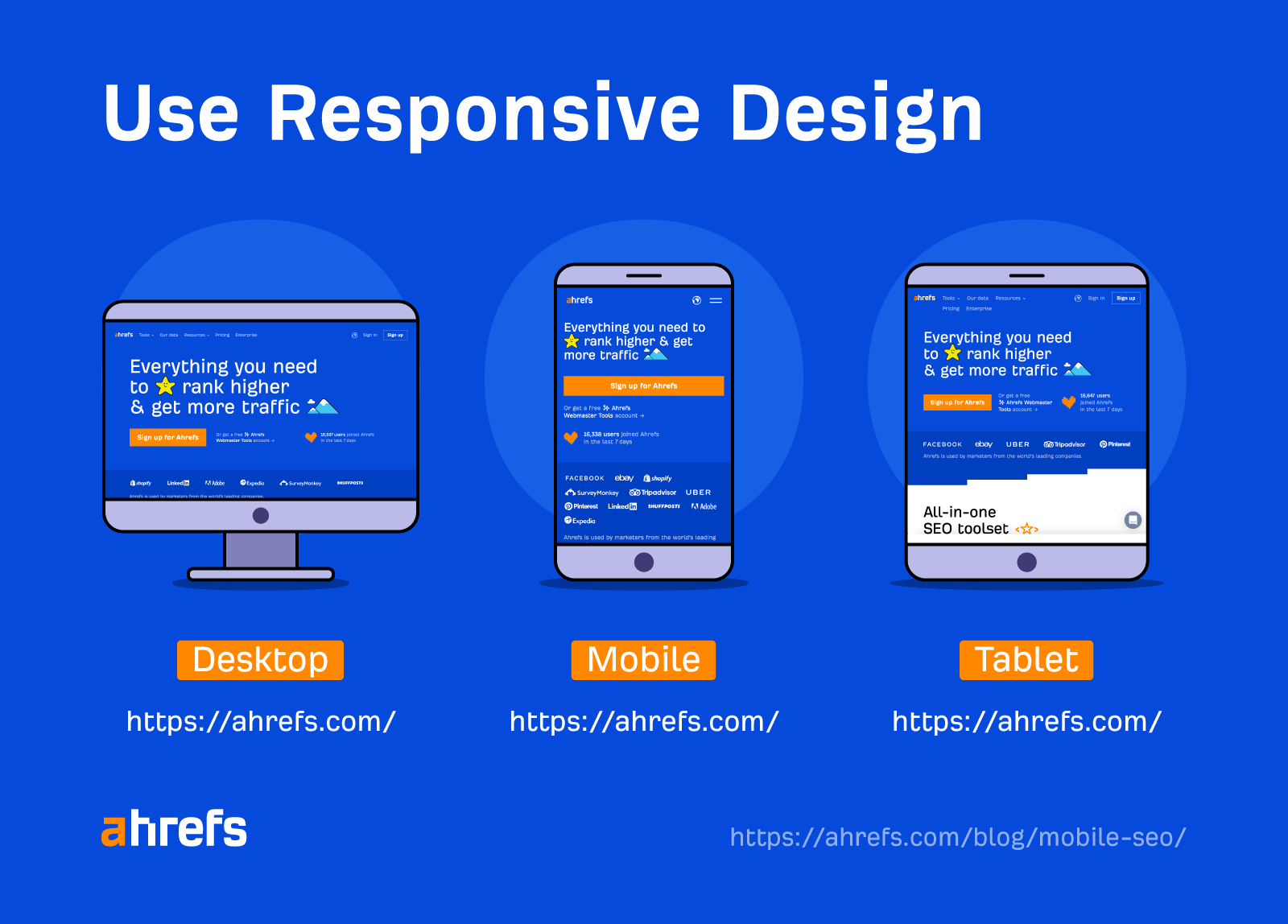In a digital age where smartphones are an integral part of daily life, adopting a mobile-first design strategy is crucial for business success. With more users browsing, shopping, and engaging with content on mobile devices than ever before, a mobile-first approach ensures that your website meets their expectations. Here’s why mobile-first design is essential for your business:
Mobile Traffic is Dominating the Web
Over half of global web traffic now comes from mobile devices, and this trend is only expected to grow. A mobile-first design ensures that your site is optimized for the majority of your audience, giving them a seamless and engaging experience on the device they use most.
Google Prioritizes Mobile-Friendly Websites
Google’s search algorithm heavily favors mobile-friendly websites, impacting your site’s ranking. With the shift to mobile-first indexing, Google now primarily uses the mobile version of your site to determine its ranking. If your site isn’t optimized for mobile, it could suffer in search engine rankings, affecting your visibility and organic traffic.
Enhanced User Experience
Mobile-first design prioritizes a simple, intuitive user experience. By focusing on mobile devices first, you streamline navigation, minimize loading times, and make your content easy to consume on smaller screens. This enhances user satisfaction, reduces bounce rates, and increases the likelihood of conversions.
Faster Load Times for Better Engagement
Mobile-first design often involves a minimalist approach, reducing unnecessary elements that can slow down your site. Faster loading times not only improve the user experience but also positively impact your SEO. A quick, responsive website keeps visitors engaged and encourages them to explore further, boosting your conversion rates.
Cater to the On-the-Go Consumer
Mobile users are often on the go, looking for quick information or making spontaneous purchases. A mobile-first design makes it easy for them to find what they need without any hassle. Whether it’s accessing your store, finding contact information, or reading a blog post, a well-optimized mobile site ensures they can do so effortlessly.
Increased Conversion Rates
A mobile-first approach can lead to higher conversion rates. When your website is easy to navigate and visually appealing on mobile devices, users are more likely to complete desired actions, such as making a purchase or filling out a form. This can significantly boost your sales and revenue.
Stay Ahead of Competitors
Businesses that prioritize mobile-first design gain a competitive edge. As more companies recognize the importance of mobile optimization, those who don’t adapt may fall behind. A well-designed mobile experience shows that you are attentive to your audience’s needs, helping you stand out in a crowded market.
Future-Proof Your Website
Adopting a mobile-first strategy prepares your business for future digital trends. As technology evolves and mobile usage continues to increase, having a mobile-optimized site ensures you stay relevant and accessible to your audience. It’s a proactive approach to keeping up with changes in user behavior and technology.
Conclusion
Mobile-first design is no longer optional—it’s a necessity for any business looking to thrive in the digital world. By prioritizing mobile users, you not only improve your website’s performance and visibility on search engines but also enhance the overall user experience. Investing in a mobile-first strategy is an investment in your business’s future success, ensuring that you reach and engage with your audience wherever they are.




